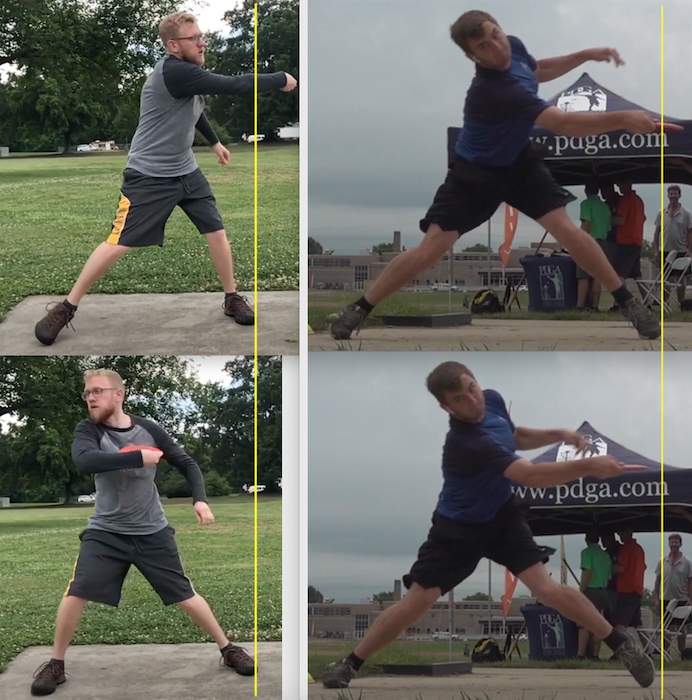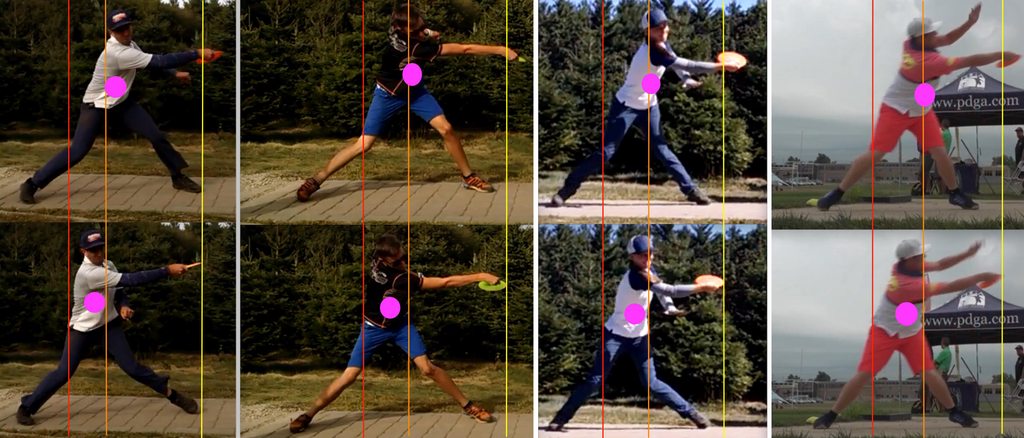klodkrawler05
Birdie Member
From another beginners perspective, some people learn differently than others. I've been working on my form "seriously" in the last 4 months and have had a bunch of drills recommended to me, it wasn't until I got to the elephant walk drill that it suddenly clicked what it should feel like when there is that "pause" at the top of the backswing before pulling into the shot. By taking all of the arm mechanics out of the drill and simply feeling the timing between planting my leg and swinging my arm I was able to finally get the lightbulb moment. I don't practice the elephant drill for hours at a time and I don't think anyone is suggesting that. But after a few minutes I could understand what that "lag" felt like and began to incorporate it into my actual throwing motion. This is simply another way to potentially feel a timing issue that many novices struggled with. It may not work for you like it did for me.
Given that you're already throwing any disc further than me I can get why this drill seems pointless to you, but it was very helpful to me.
Given that you're already throwing any disc further than me I can get why this drill seems pointless to you, but it was very helpful to me.



